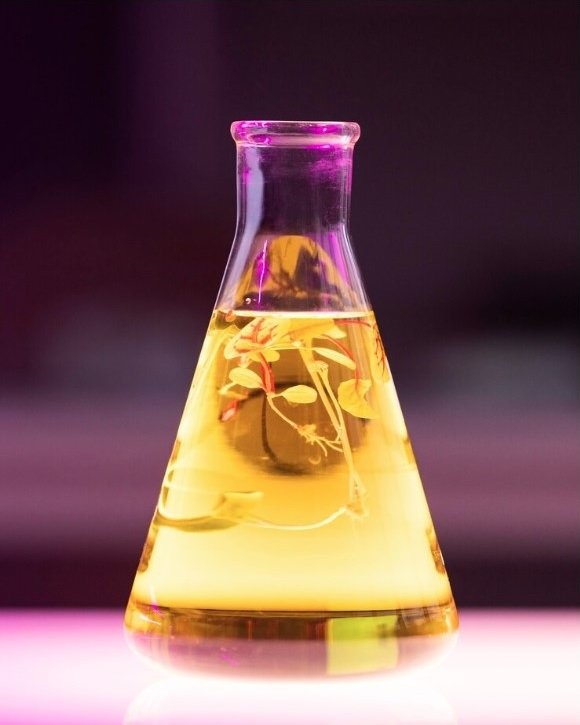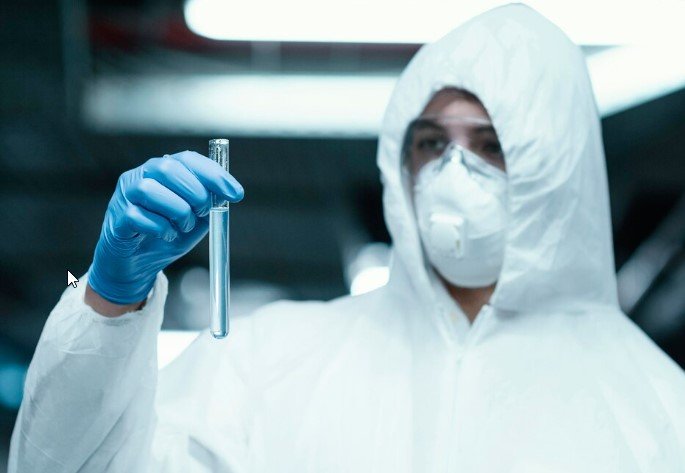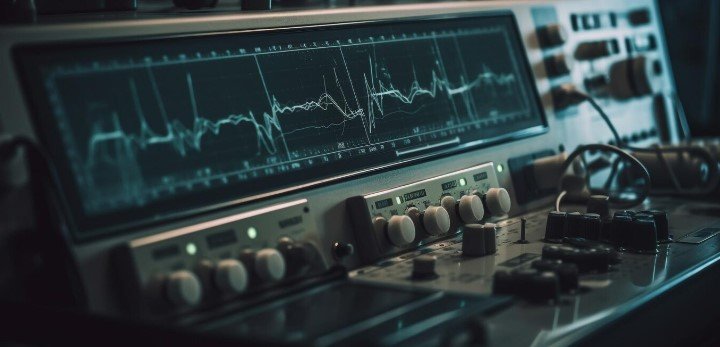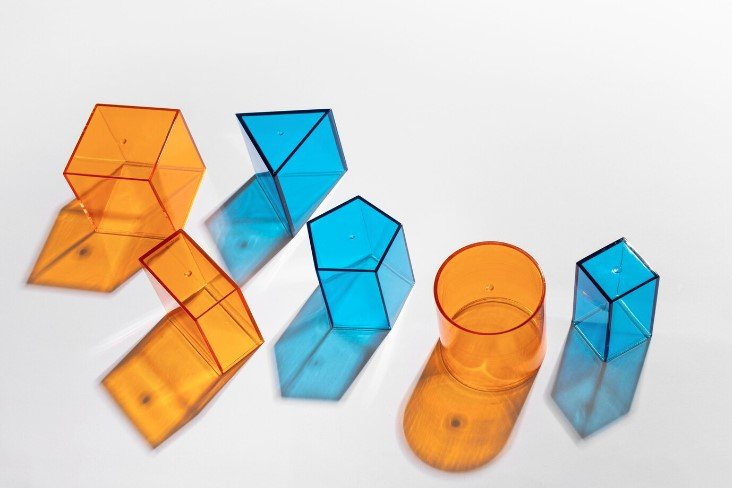Properties of Nickel and Cyanide Ions: Why They’re Popular Choices
The Role of Nickel in Electroplating
This article discusses the properties of nickel and cyanide ions that make them popular choices in electroplating. Nickel has high resistance to corrosion, a high melting point, and can form a strong coating on a substrate, making it suitable for a wide range of applications, including coins, jewelry, and electroplating.
Cyanide ions can form stable complexes with metal ions and dissolve any oxides or impurities on the substrate surface, allowing for better adhesion of the plated metal. However, the use of cyanide poses several risks because of its toxic nature, and alternative complexing agents such as sulfamate or gluconate are used to reduce these risks. Proper control of variables such as pH, temperature, current density, and agitation is crucial in achieving high-quality and sustainable electroplating results.
Nickel and cyanide ions play a critical role in the electroplating industry. In this article, we will explore the unique properties of nickel and cyanide ions, as well as their impact on electroplating. We commonly use Nickel in electroplating because of its ability to form a durable coating on a substrate. It is also resistant to corrosion and has a high melting point. Nickel sulfate and nickel chloride typically provide metal ions in the plating bath. Nickel has several unique properties that make it a popular choice for electroplating. It is highly resistant to corrosion, has a high melting point, and can form a strong coating on a substrate. Besides, we can easily plate nickel onto a variety of substrates, including stainless steel and nickel alloys. Nickel is a transition metal with the atomic number 28. It has a high melting point of 1,455 °C and is highly resistant to corrosion. Nickel is also a ductile metal and can form into various shapes. Because of its unique properties, nickel is widely used in the production of coins, jewelry, and electroplating.
We commonly use cyanide ions in electroplating baths because they can form stable complexes with many metal ions, including those of gold and silver. Cyanide also helps to dissolve any oxide or other impurities on the substrate surface, allowing for better adhesion of the plated metal.
However, cyanide is a toxic substance and requires careful handling and disposal. In earlier years, industry has developed alternative complexing agents that are less toxic, such as sulfamate and gluconate.
Besides the choice of cation and anion in the plating bath, other variables that can influence the quality of electroplating include pH, temperature, current density, and agitation. We must give careful consideration to these variables during the plating process to ensure consistent and high-quality results.
Overall, the influence of nickel and cyanide ions on electroplating is significant, but careful consideration must be given to achieve sustainable and high-quality results.
It is interesting to note that Donald Wood was not only instrumental in the development of nickel strike formulation but also had expertise in cyanide-based silver-plating processes. Application of a silver strike formulation with low free cyanide content shows an understanding of the potential hazards associated with cyanide in plating processes.
His comment regarding the surface scouring function of hydrogen in a strike solution highlights the importance of surface preparation in electroplating. To ensure proper adhesion and a uniform coating, the substrate surface must be clean and free of any contaminants or oxides. Strike solution, such as a nickel or silver strike, can help remove any impurities on the surface and prepare it for electroplating.
The low cathode efficiency in a strike solution allows for a liberal evolution of hydrogen, which can act as a surface scouring agent before we deposit the metal. This ensures we properly prepare the surface for the electroplating process.
Overall, Donald Wood’s contributions to the surface finishing industry, including the development of Wood’s nickel strike formulation, have had a significant impact on the ability to plate elements of different electromotive force potential on a variety of substrates.
Cyanide is often used in electroplating as a complexing agent, as it can form stable complexes with many metal ions, including nickel. Cyanide can also help to dissolve any oxides or other impurities on the surface of the substrate, allowing for better adhesion of the plated metal.
However, the use of cyanide in electroplating poses several risks, as it is a toxic substance and must be handled and disposed of carefully. In addition, the use of cyanide can lead to the formation of hydrogen cyanide gas, which is highly toxic.
Other variables that can influence the quality of electroplating at the design phase include pH, temperature, current density, and agitation. Solution pH can affect the solubility and stability of the metal ions in the plating solution, while temperature can affect the rate of the plating reaction. Current density can affect the rate and distribution of metal deposition on the substrate, while agitation can help to ensure a uniform coating.
Overall, the selection of suitable cations and anions, along with careful control of variables such as pH, temperature, current density, and agitation, is critical in achieving high-quality and sustainable electroplating results. Use of complexing agents, such as sulfamate or gluconate, can also help to reduce the risks associated with cyanide use in electroplating.
In electroplating, nickel ions are used to deposit a layer of nickel on a substrate. The process involves immersing the substrate into a nickel-plating bath, which contains a solution of nickel ions. When an electric current is passed through the solution, the nickel ions are reduced and deposited onto the substrate.
Cyanide ions are often used in electroplating as a complexing agent for metal ions, including nickel. Cyanide can form stable complexes with metal ions, allowing for better adhesion of the plated metal. Besides, cyanide can help to dissolve any oxides or other impurities on the surface of the substrate, which can improve the quality of the plated metal.
However, the use of cyanide in electroplating poses several risks, as it is a toxic substance and must be handled and disposed of carefully. Cyanide can also produce hydrogen cyanide gas, which is highly toxic and poses a significant health hazard.
To reduce the risks associated with cyanide use in electroplating, alternative complexing agents such as sulfamate or gluconate can be used. These complexing agents are less toxic than cyanide and do not produce hydrogen cyanide gas.
An Idea in Brief:
In summary, nickel and cyanide ions play a critical role in the electroplating industry. Nickel possesses unique properties that make it a popular choice for electroplating, while we often use cyanide to improve the quality of the plated metal.
Learn More

Posted By:Venkat Raja
Mar 02, 2023
Tags:







